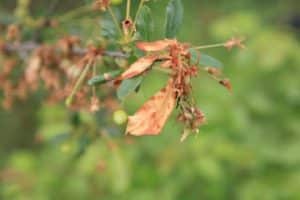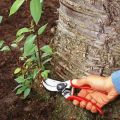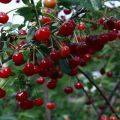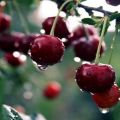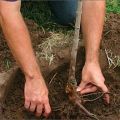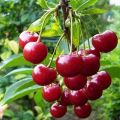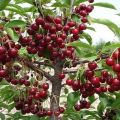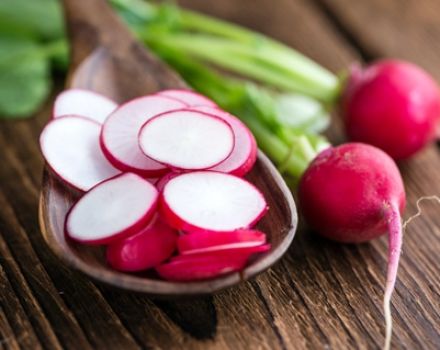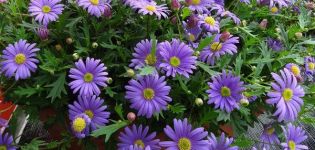Description and characteristics of Novodvorskaya cherry varieties, planting and care features
Resistant to diseases, giving already for 3 years an abundant offspring of ripe berries, the Novodvorskaya cherry variety is unpretentious, and is popular with gardeners. The small and well-separating pits serve as an added bonus to sweet, rich, thick, dark juice cherries that ripen in mid-July.
Description of the variety
Novodvorskaya belongs to the category of self-pollinating species, but the best results are obtained when the ovaries are fertilized with cherries. Bred as a hybrid in the process of grafting onto a wild plant. When describing a variety, they usually mention its winter hardiness and resistance to fungal pathogens (coccomycosis, moniliosis). Flowering - in the average period, fruiting occurs 3 years after planting in the ground.
Characteristics of the tree and fruit
Cherry tree with a well-formed rounded crown, a moderately dense network of shoots and an average height. The berries are large (up to 5 grams), slightly flattened, ellipsoidal, saturated dark, with a transition to black and red, shade. The pits inside the cherries are small and separate well.
The heart is juicy, not friable, almost the same color as the rind, with a pleasant sour-sweet aftertaste.
The fruits are eaten raw, they are suitable for compotes and preserves, preservation. The juice is dark, thick.
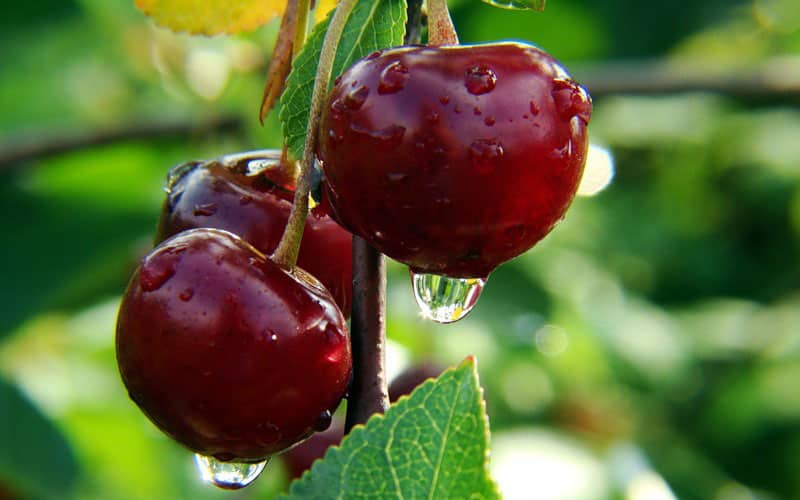
Planting and care rules
When planting seedlings, the standard scheme is used - 5x3 meters, it will ensure the normal development of neighboring plants, they receive a sufficient amount of light and nutrients. Cherry dislikes:
- heavy, poorly drained soils;
- swampy soils.
It will not hurt if other plants grow nearby, but not too close, for example, cherries: they will increase the yield of Novodvorskaya. Fertilizers are applied regularly, as the tree grows, the presence of potassium and phosphorus is especially important. Any complex composition or organic matter (compost, humus) is suitable.
For the prevention of fungal diseases, they are treated with chemicals, damaged leaves and branches are mechanically removed, and they are destroyed far from the plant. Possible pests, which often accumulate in the root zone, are eliminated by thorough loosening. Special protection from cold weather is not required: practice shows that the variety is sufficiently winter-hardy.
